How best can we see capital? This project addresses this question by examining the interplay between meaning and capital through an artistic lens. Visual artists act as laborers who create lenses for perceiving and questioning cultural systems. The project focuses on spaces where minerals and gases enter commodity chains, tracing the aesthetic markers of their journeys shaped by capitalist economies. To deepen this exploration, the work integrates insights from natural sciences—including geology, chemistry, and ecology—with an artistic sensitivity to matter, form, and meaning.
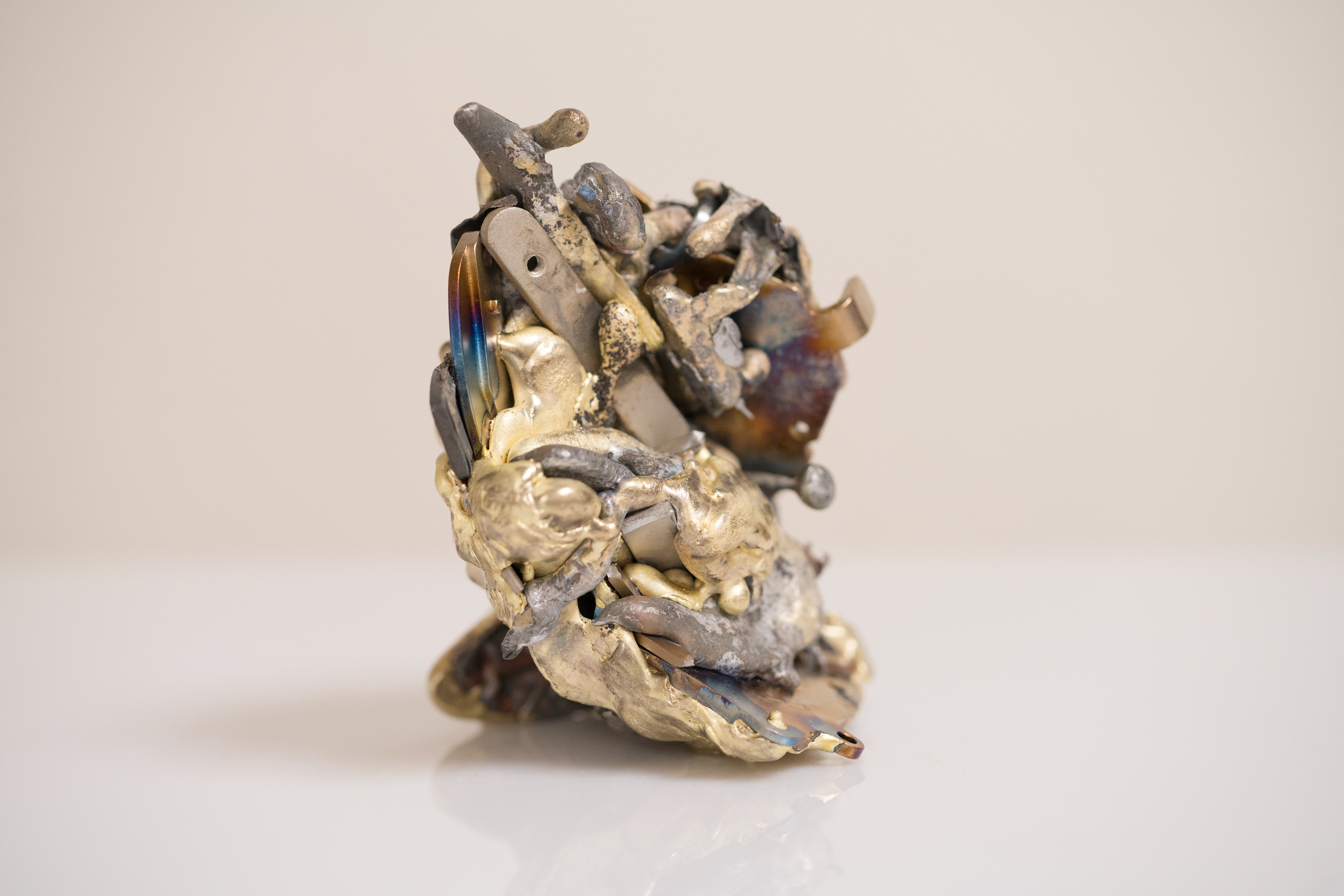
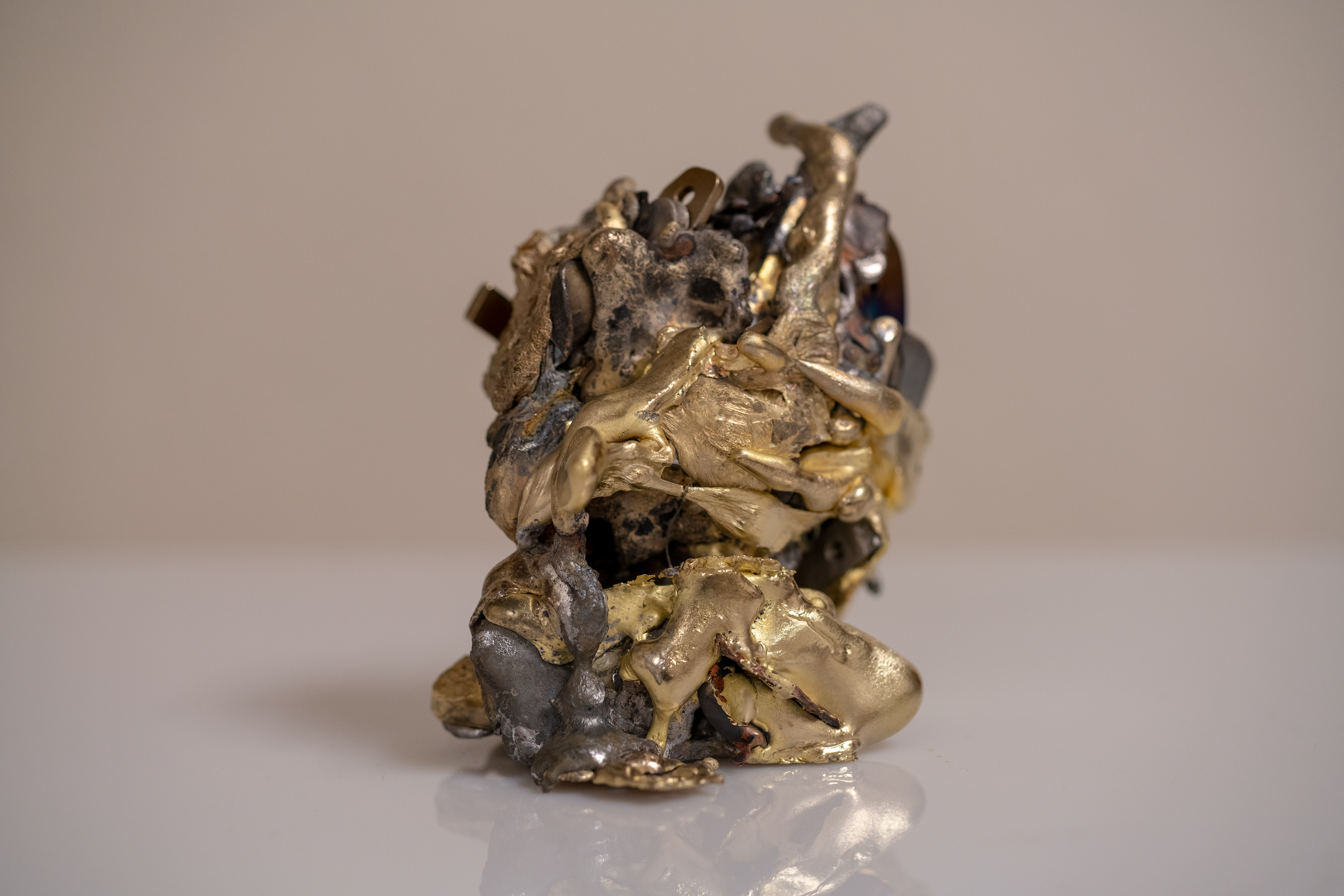
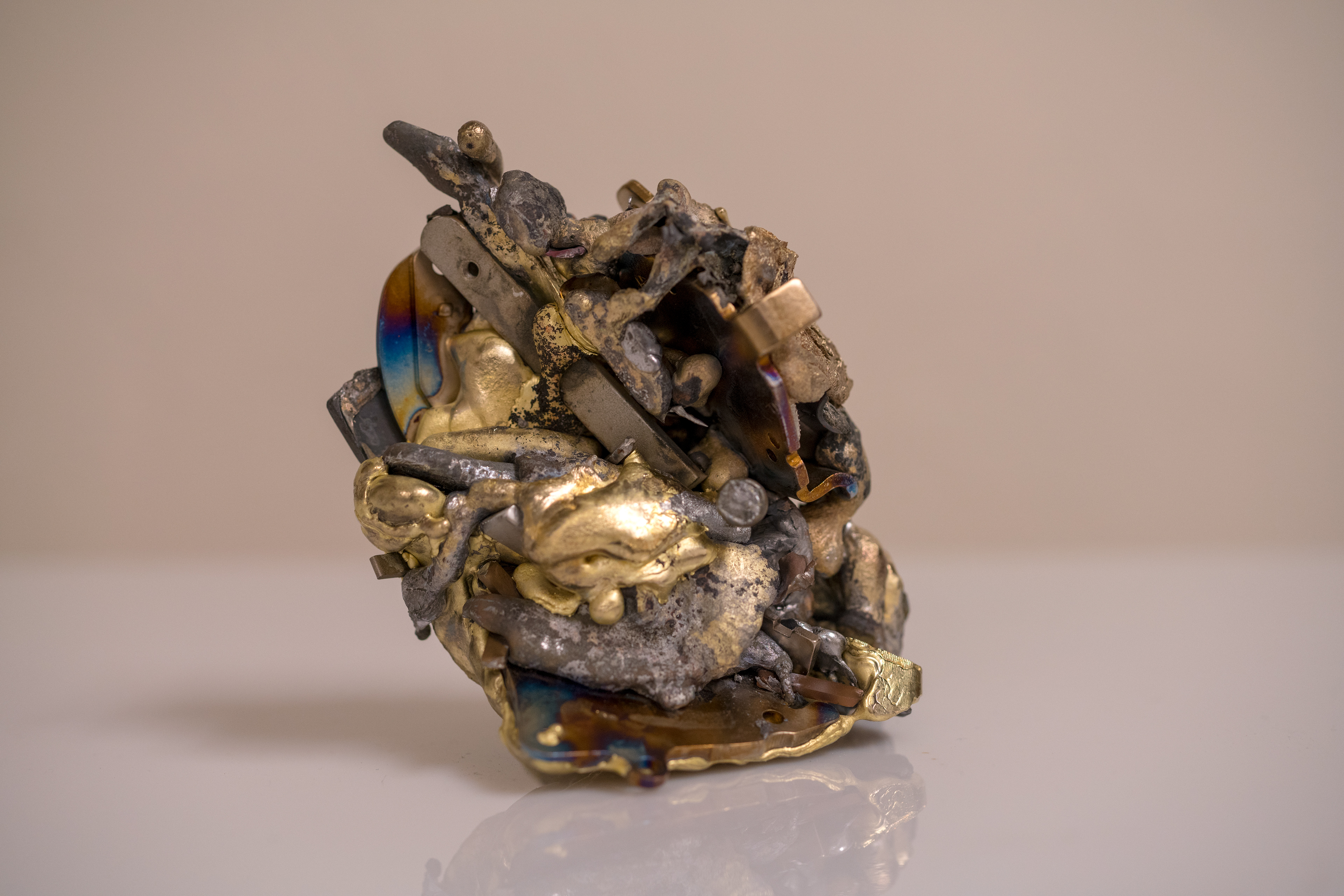
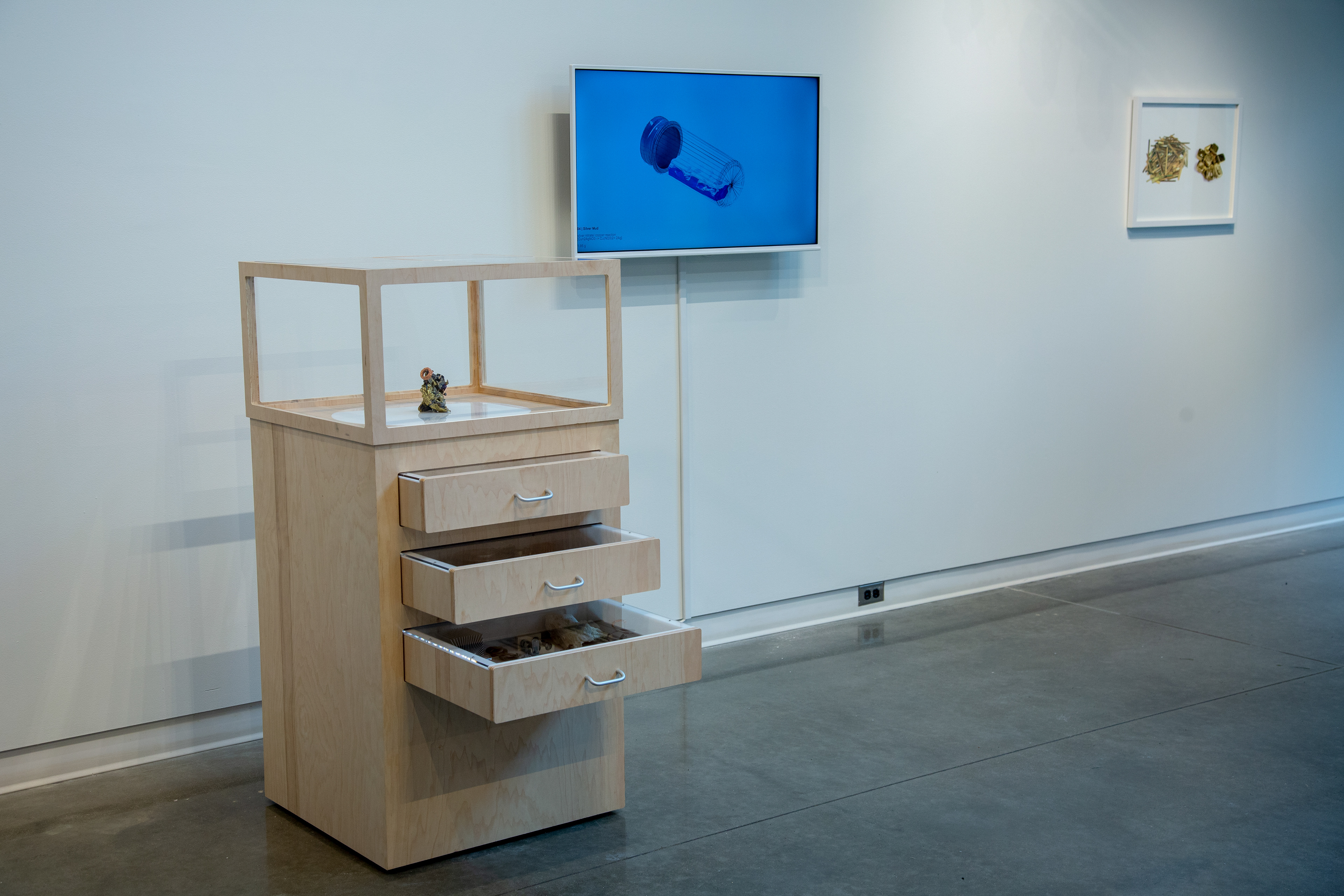
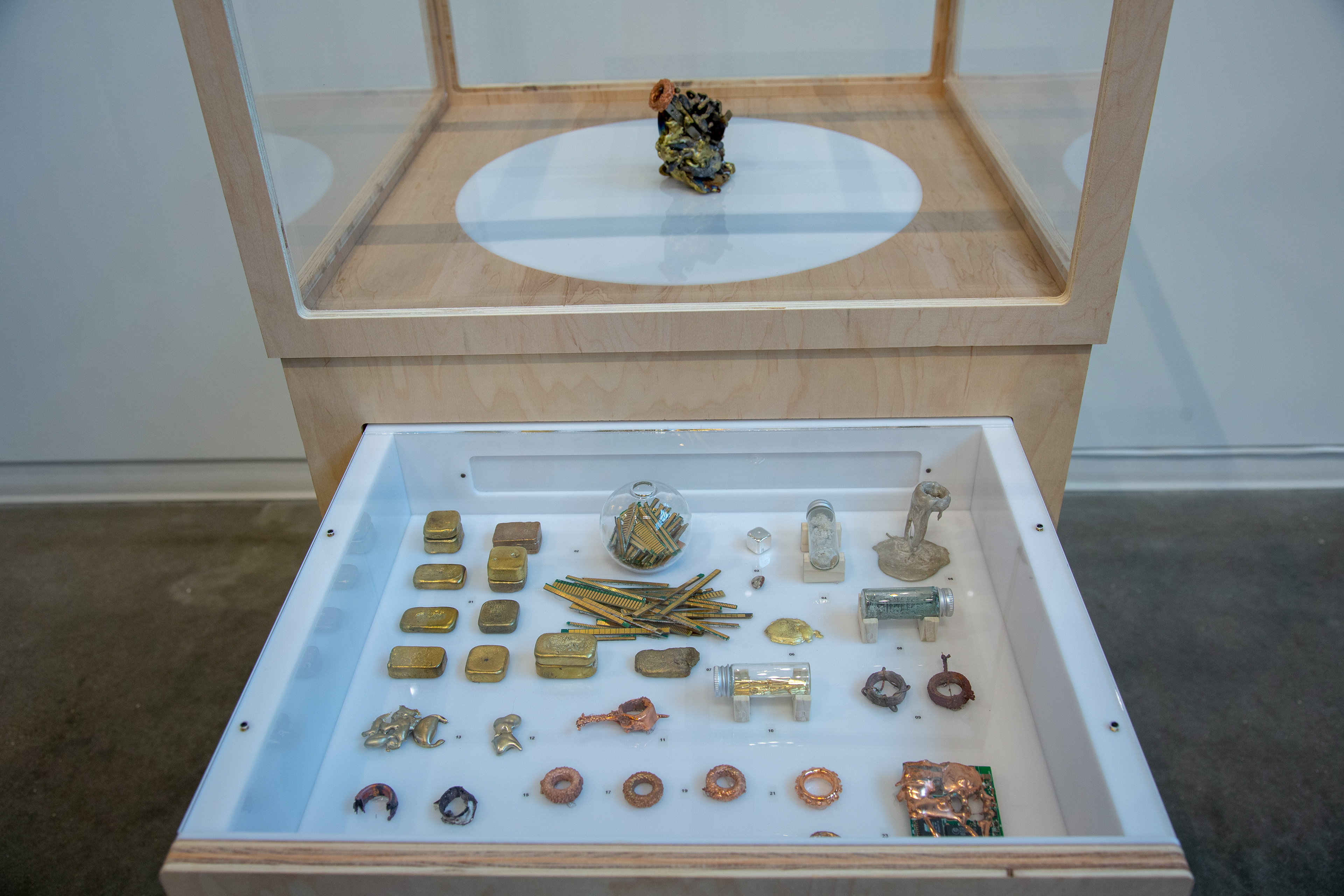
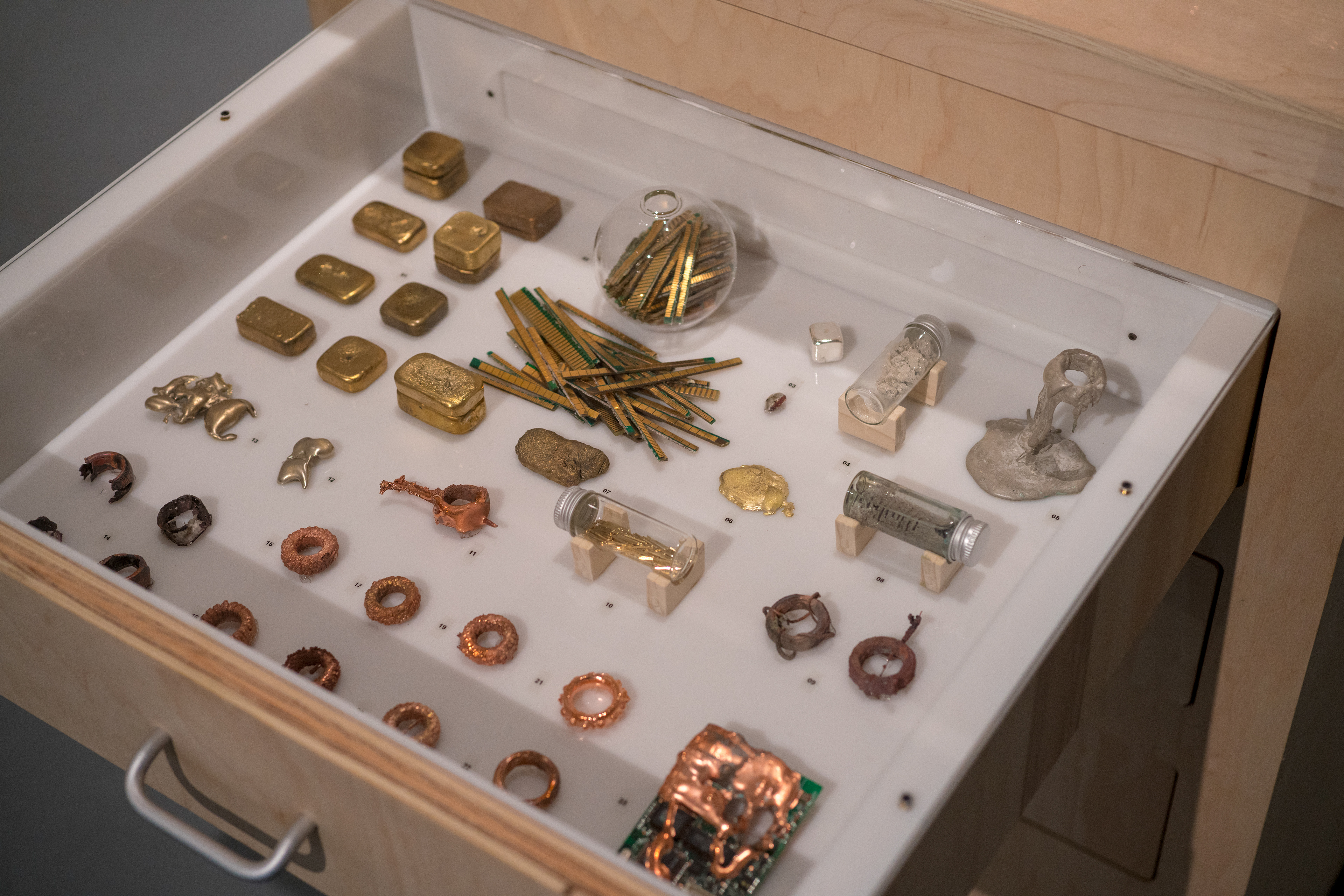
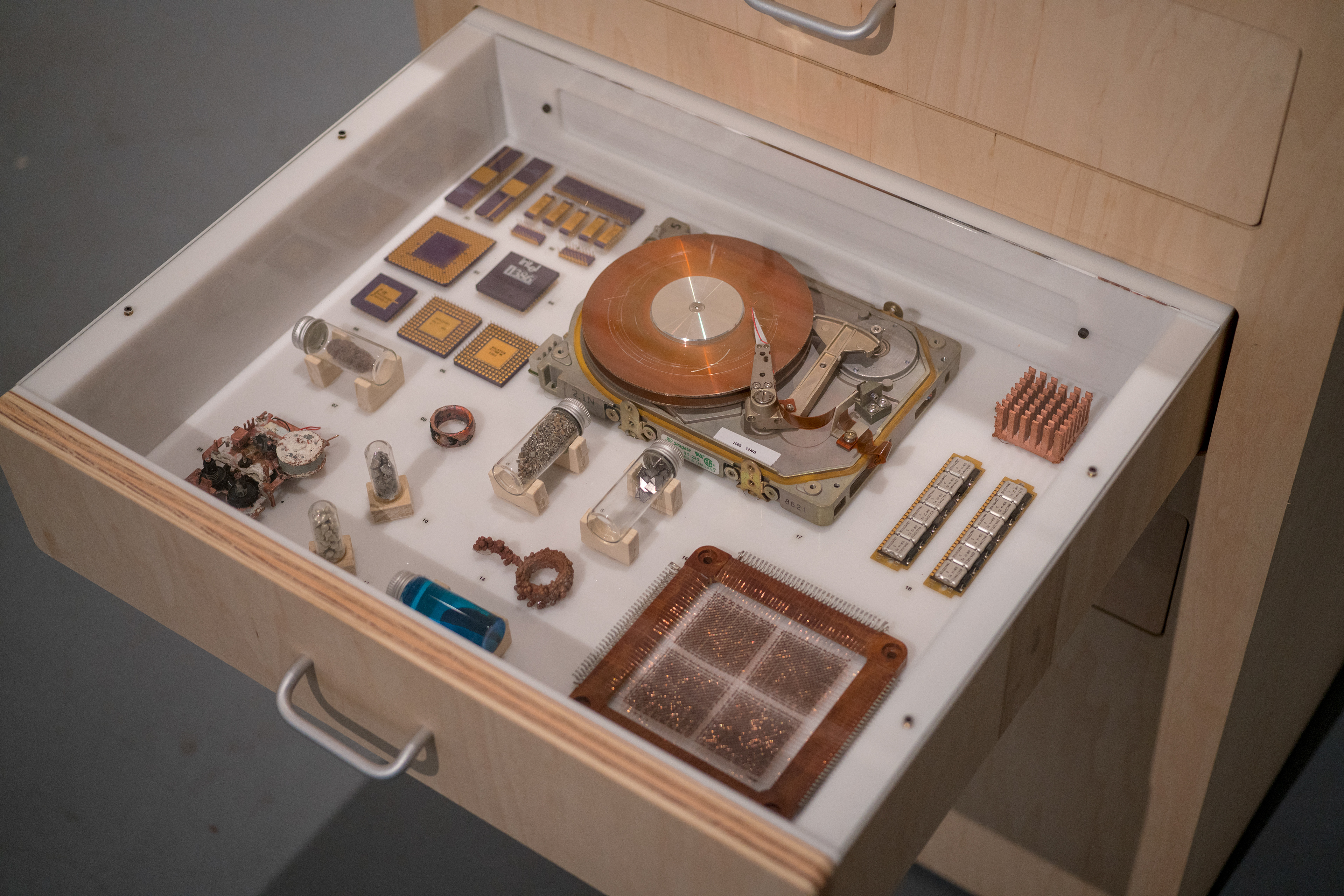
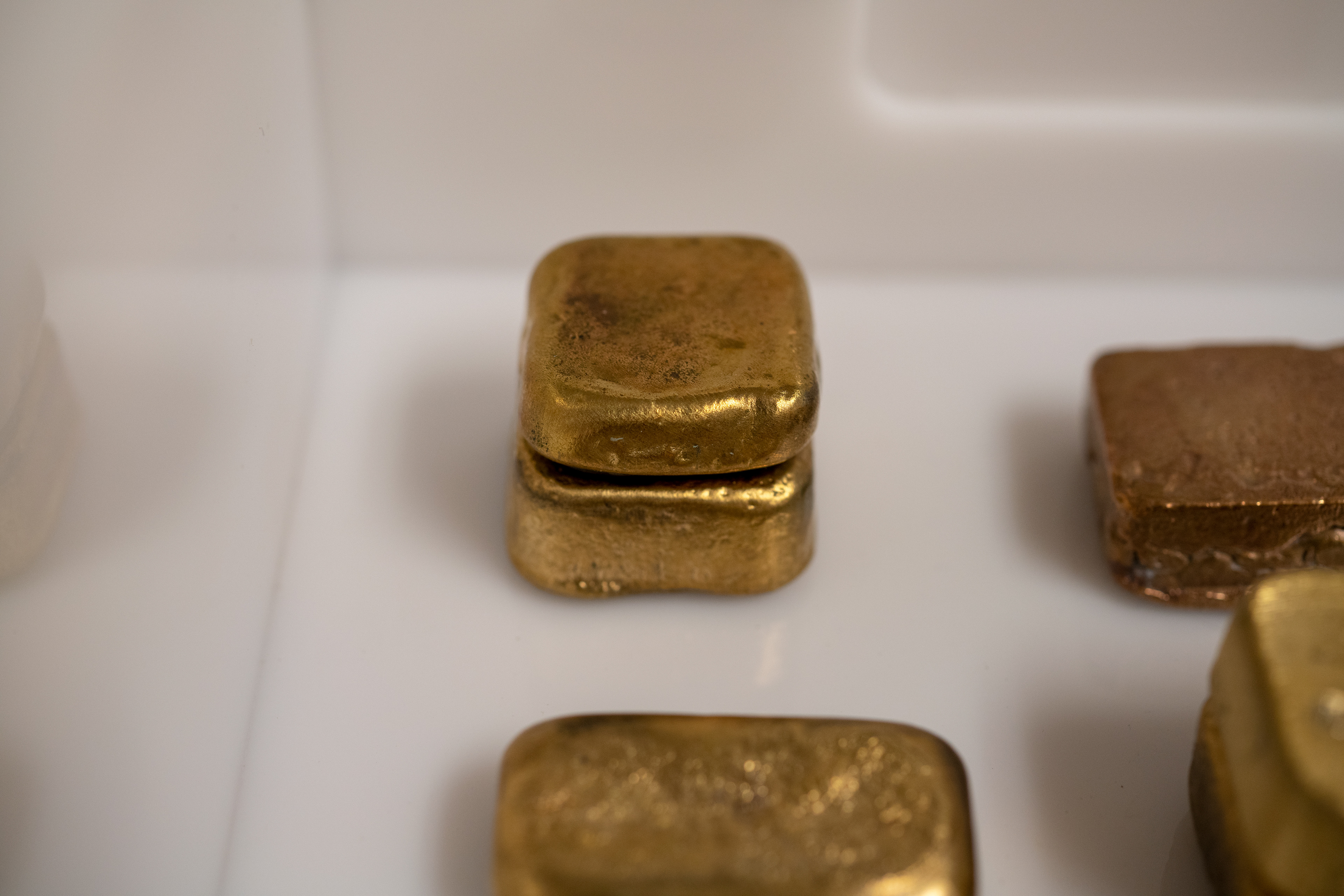
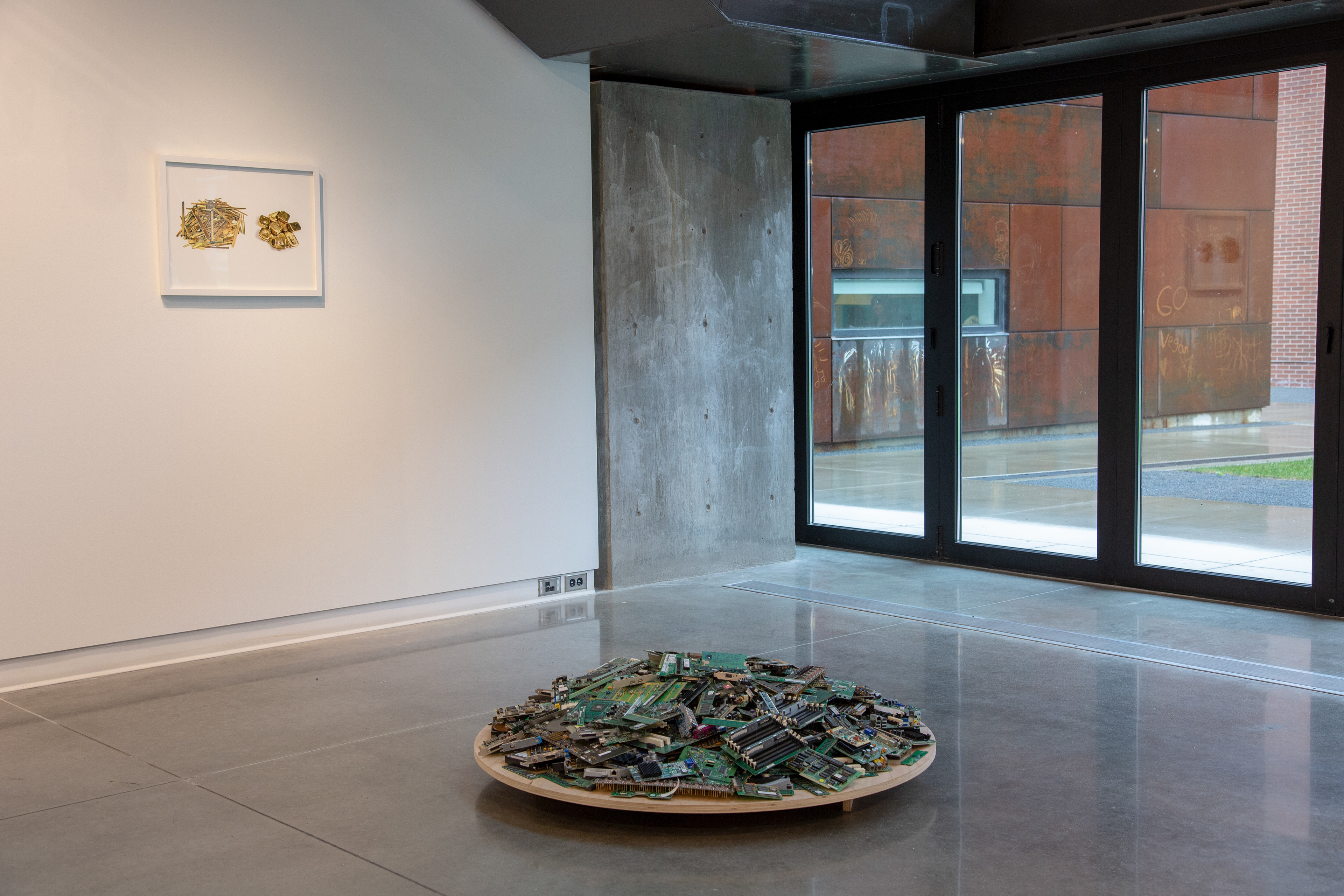
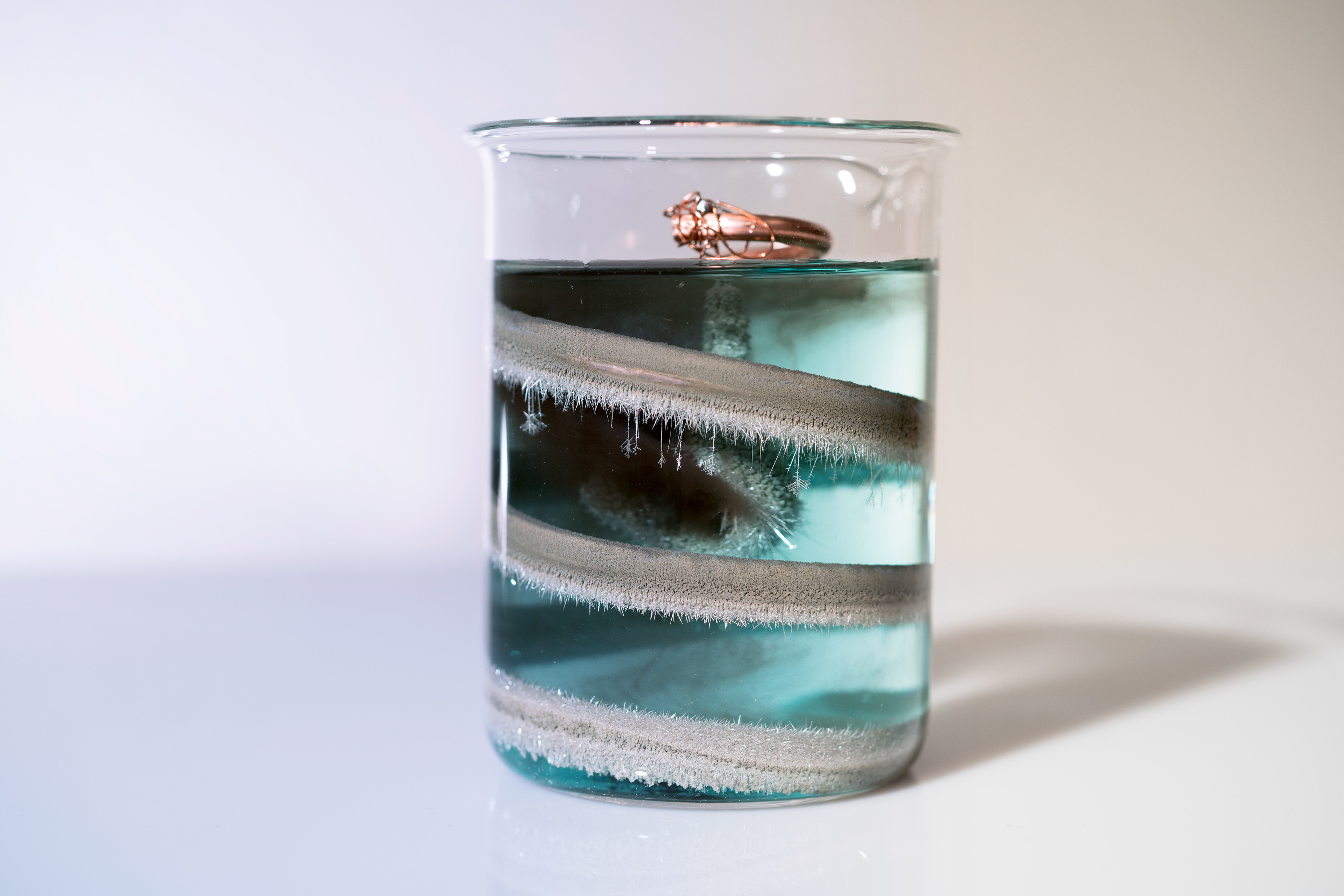
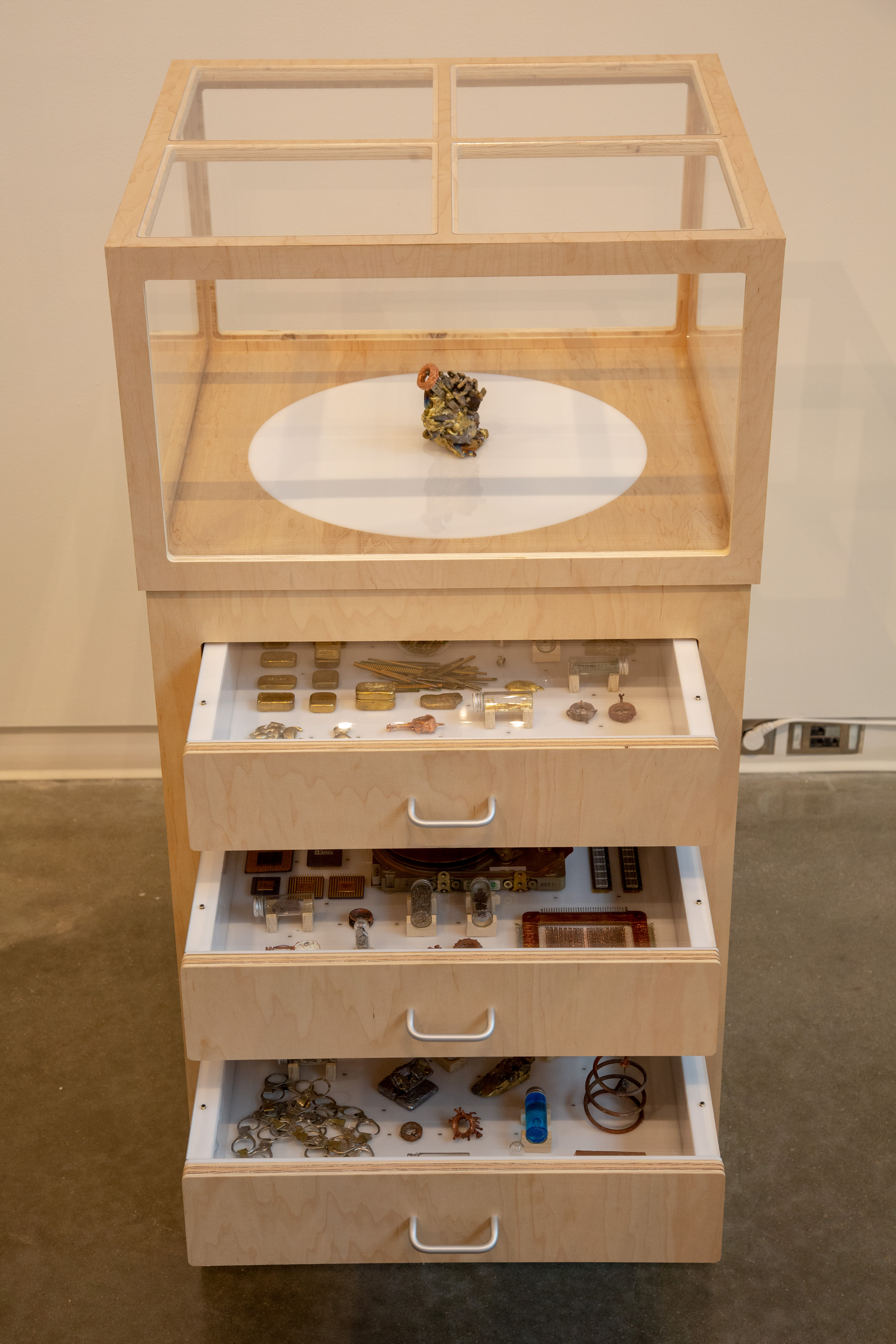
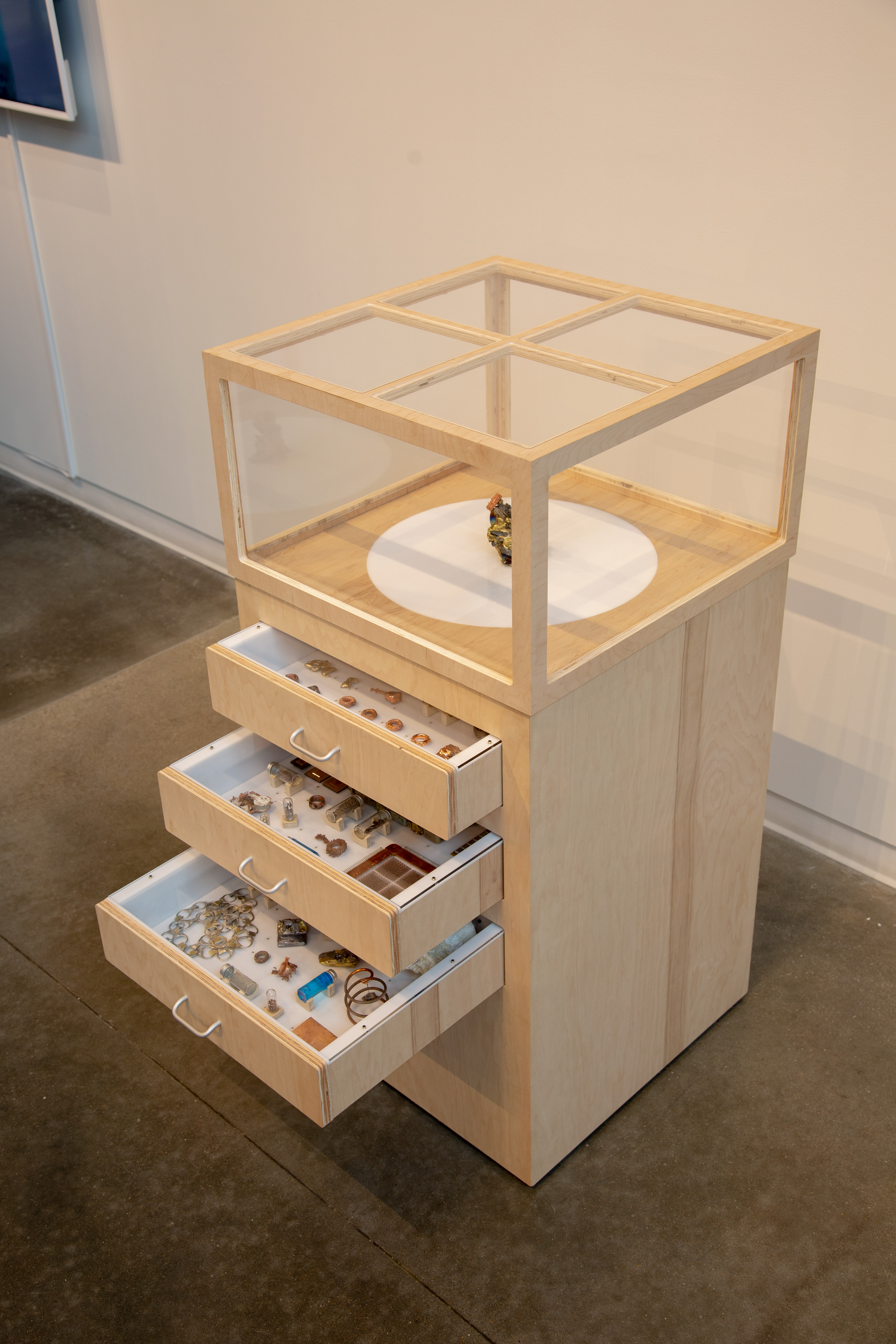
Capital has a history, one that it often conceals behind its signified value. For example, an iPhone does not directly reveal its connection to coltan mining in the Congo. In exploring the aesthetics of capital and uncovering hidden histories, this project focuses on the extraction of rare metals from electronic waste. I refine gold, silver, and palladium from computer parts through chemical reactions. These metals carry a natural history—their chemical catalysts originate deep within the earth—and also serve as catalysts for economic, social, and political relations. The project, therefore, reimagines what alchemy might look like in the twenty-first century.
Currently in its nascent stages, the project centers on the creation of a ring. This ring is conceived as “growing” from various rare minerals sourced from disparate origins, including computers from a business college and the toenails of politicians. Its development is informed by sites I visit throughout the project. Future iterations will incorporate work completed during my expedition to the North Pole and a biological research residency in the Arctic Circle region of Finland. Ultimately, the ring will serve as a material manifestation of the supply chains through which capitalism operates, symbolizing the extent to which capital mediates relationships between humans and the natural world.
This project was made possible with support from the Oklahoma Visual Arts Coalition's Art 365 program.